As we sat in the off-white plaster room seated in an oblong circle with the fishers of Aveiro – the seats made of dense, heavy wood – we could hear the occasional motorcycle rumble across the dirt road outside. It had just started to rain, and curious community members peaked through the open windows and doors to stay dry and see what the commotion was all about.
Our colleagues rapidly but diligently translate every word of the discussion with the local fisher association. As they talked, we learned about how this village on the Tapajós River has changed. The fishers told us how fish catches were smaller, how social respect for fishers had shifted, and how, across time, government attention to the needs of fishermen and the local environment had ebbed and flowed.
These associations form the basis for being recognized as a fisher by the government, and are important for governing fishing activities around the village, as well as monitoring activities along the river.
Our ferry arrived earlier that morning, and it was immediately clear that fishing was central to livelihoods and the identity of the community. Wooden boats about 6 meters in length, some covered in blue tarps, lined the riverbanks. Fishing nets hung in front of houses. A giant fish statue perched at the top of the riverbank, making it one of the first things visitors saw when arriving by boat.
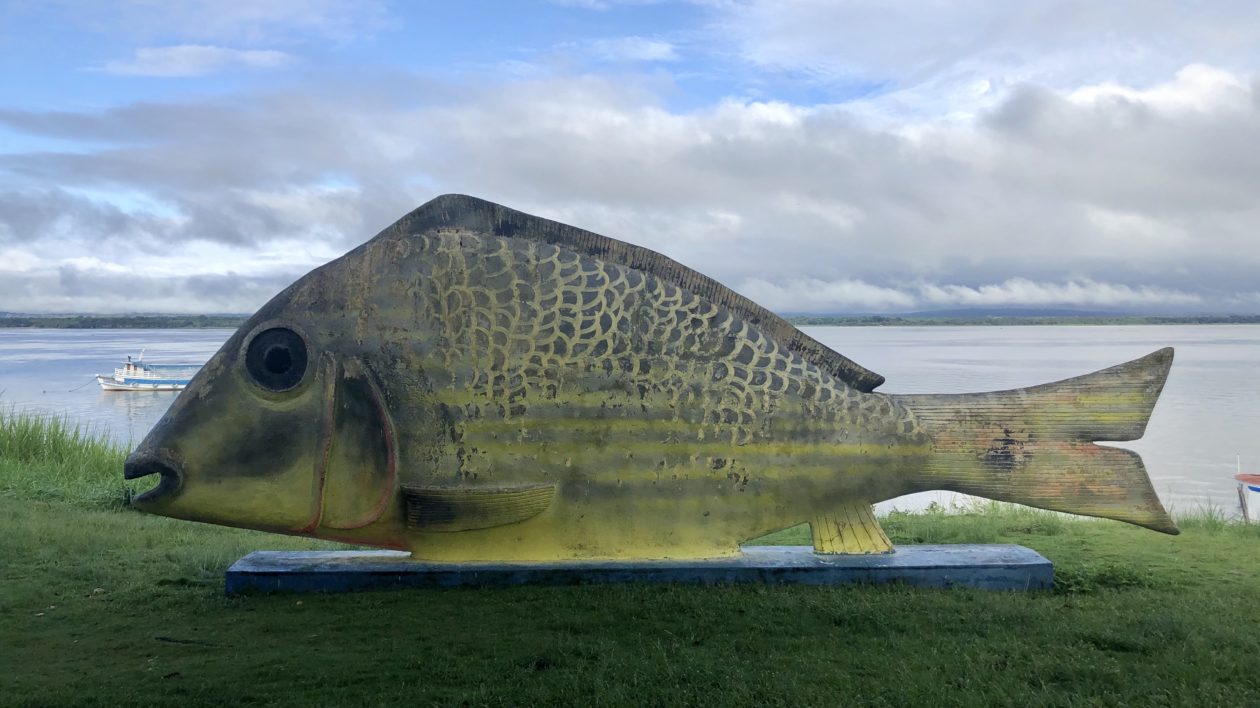
In February of 2020, we visited just four of the many villages that dot the riverbank of the Tapajós River. The Tapajós spans Pará, Mato Grosso, and Amazonas states, and is one of the largest tributaries of the Amazon river. The basin is the size of France – approximately 500,000 square kilometers – and contains rich aquatic and terrestrial biodiversity. At the same time, the river and the basin are under threat from the expansion of hydropower dams, agriculture, mining, increased traffic on the river, fishing pressures, and other threats.
The ribeirinhos, which include indigenous peoples, have lived along the lower reaches of the river for centuries. These historically marginalized communities are often invisible to the government. Yet their long history in the region has led to a gradual recognition of their rights to the natural resources of the area, and they rely heavily on the health of the river for their livelihoods, food, transportation, and overall well-being.
In our discussion with the fisher association, the conversation swirled around how proud they are to be fishers, but, at the same time, it was clear that there are several pressing challenges to the river, the fish, and the communities. Rapid growth in the agricultural sector, a changing climate, and environmental degradation in the region had changed the land, river, and the associated natural resources in just the last few decades.

Defining Community Conservation in the Freshwater Context
It was clear from our visit to the Tapajós communities that they must be at the center of any conservation program, as the river and the resources in it are intimately linked to their identity, economic well-being, and deep social and cultural values.
But what does a resilient, effective, and community-based freshwater resources program look like?
Freshwater resources have distinct challenges from terrestrial resources, such as forests, so a one-to-one translation of a terrestrial community-based conservation program seemed like a bad fit. Unlike forests, fish and other freshwater resources move up and downstream. Dams miles away can alter the health and functioning of the freshwater system that villages rely on. Activities done by the community can also impact the resources that are used by communities downstream.
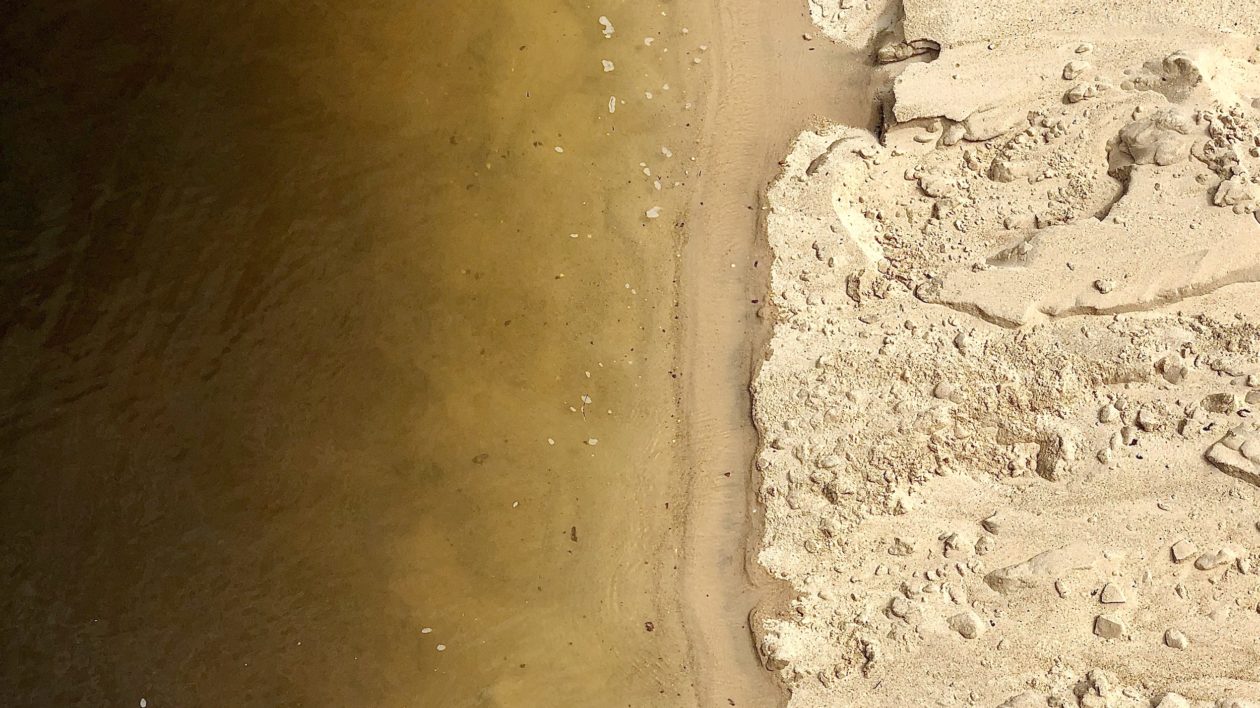
Moreover, multiple stakeholders along the hundreds of kilometers of river have access to the same resources. Freshwater systems can span village, city, county, state, and national boundaries without regard to human-defined political or administrative lines. And there are multiple kinds of freshwater systems—rivers, lakes, and wetlands—each posing unique challenges.
Focusing on one aspect of water, like water drawn for irrigation systems, can make designing an effective conservation program seem simple. Perhaps it’s just a matter of providing technical assistance to install an efficient irrigation system. But once you consider the whole system, and all the freshwater resources within that system, it becomes clear that things are much more complex.
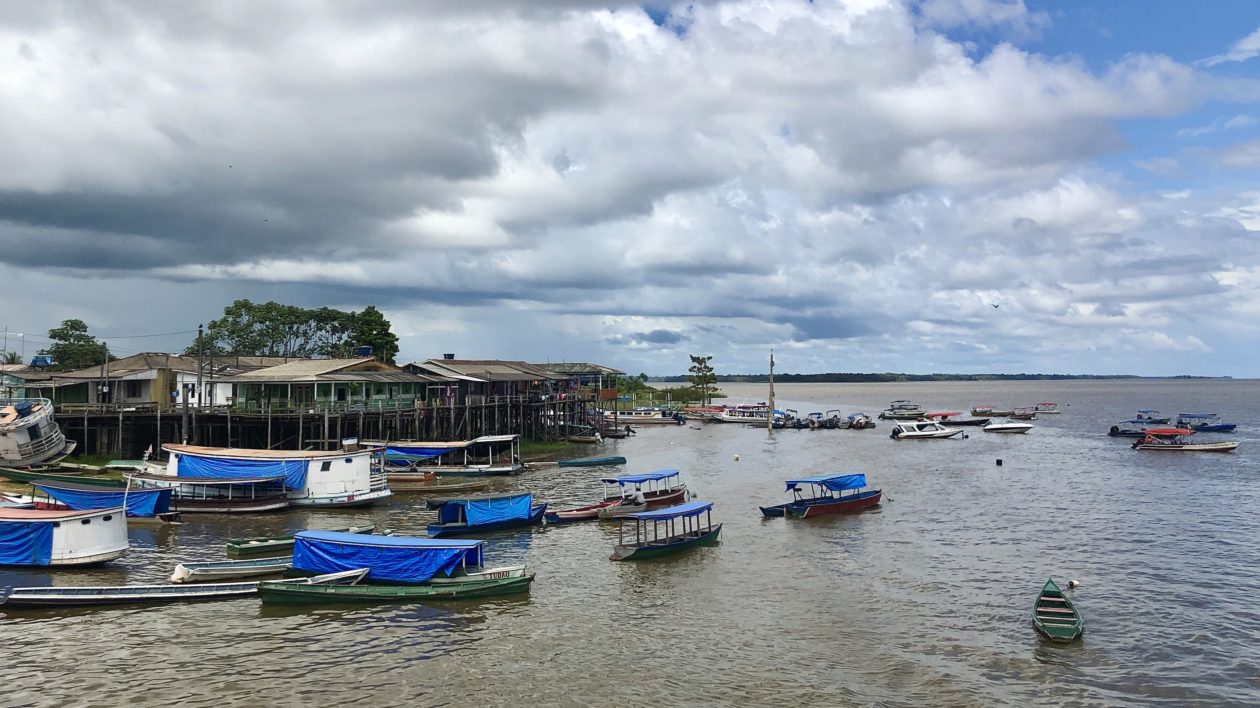
During our visit we saw an opportunity to engage through communities, as they are primary resource users and have significant incentives to conserve the natural resources that they rely on. Previous conservation work demonstrates that, under the right conditions, when local communities manage their resources biodiversity also benefits. But just because you work with a community doesn’t mean a conservation project is community-based conservation.
In the simplest terms, a community-based conservation program for freshwater resources is one that protects or conserves freshwater species or ecosystems by engaging indigenous peoples or local communities that use or benefit from the freshwater resource.
Typically, the benefits of sustainably managing freshwater resources will directly benefit the community doing the conservation work, and the community will have the rights and interests to manage those resources. The community is at the heart of these programs, and there is no limit to the number of communities that can be engaged along a freshwater system, thus making the program scalable to the natural boundaries necessary to make meaningful impacts for conservation and human well-being.
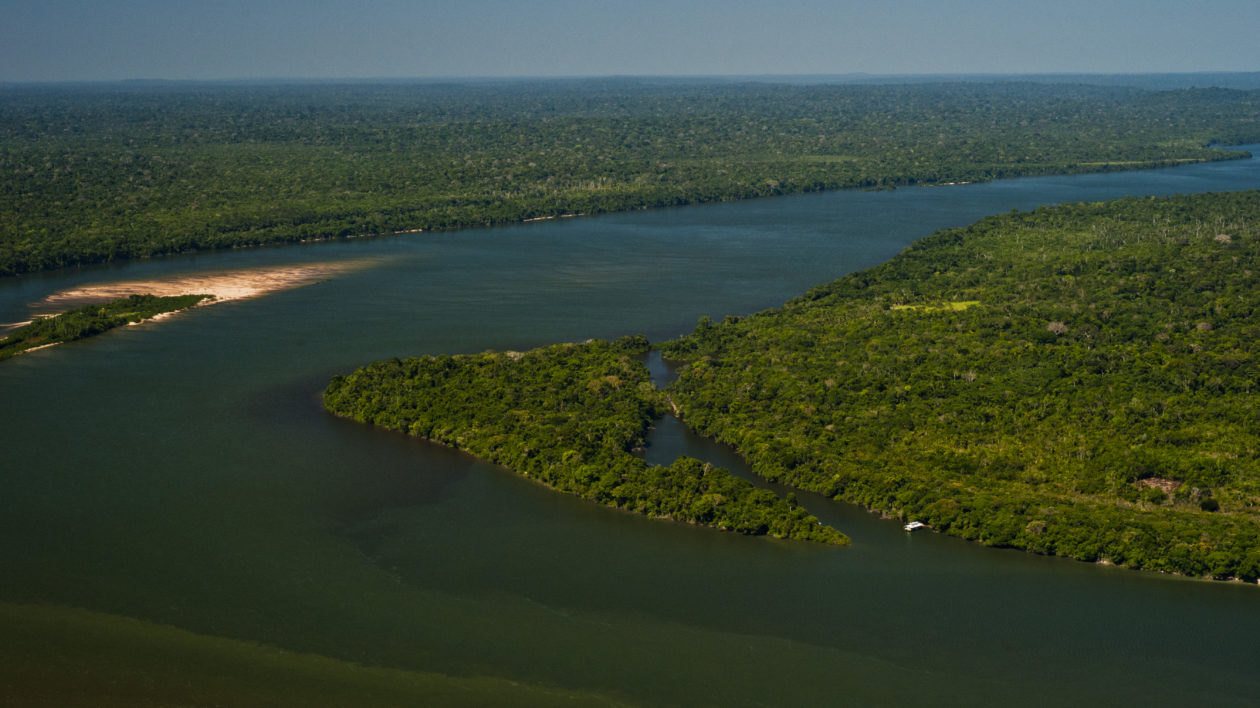
Working with partners and relying on the latest science for understanding how communities can manage natural resources, we created a robust and inclusive approach for working with local partners and communities on freshwater community-based conservation.
The Practitioner’s Guide to applying the Voice, Choice, Action Freshwater Framework to freshwater resources builds on key pillars that can elevate communities to tackle the unique challenges of freshwater resource conservation. This approach incorporates the unique challenges associated with freshwater resources, focusing on securing rights to resources, ensuring strong leadership and capacity, identifying and helping establish multi-stakeholder platforms for strong governance, and catalyzing sustainable economic develop opportunities.
The Nature Conservancy is working with local communities in Brazil, Gabon, Angola, Tanzania, Zambia, Colombia, and Ecuador to protect and manage their freshwater resources. We want to test and create programs that take into account the broader challenges in a watershed, but focus on how communities can be empowered to sustainably manage freshwater resources by identifying opportunities and tackling challenges identified in the framework. We anticipate this leading to efforts such as community-led fisheries management plans that are harmonized across a river system, widespread adoption of fishing sustainable gear, among other strategies.
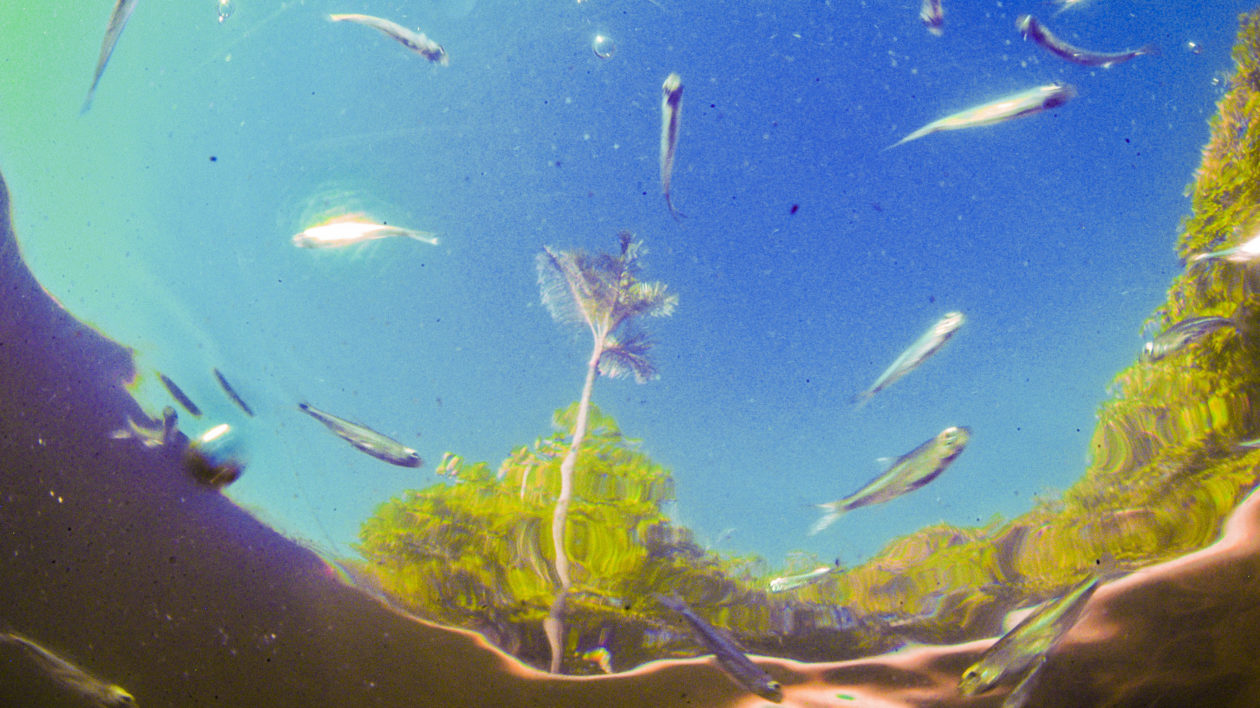
Having a robust, science-based method for developing a community-based conservation program for freshwater resource conservation is a critical step. Our visit to the villages along the Tapajós River highlighted the immense challenges facing the communities and freshwater resources. But it also reminded us of the immense opportunity that comes with working with communities.
These communities along the Tapajós have strong cultural and economic roots embedded in the area, a deep knowledge about the freshwater system, and a strong motivation to conserve their unique natural resources. These communities are committed to long-term sustainable management, and The Nature Conservancy’s science-based approach can help empower communities to achieve a sustainable future.
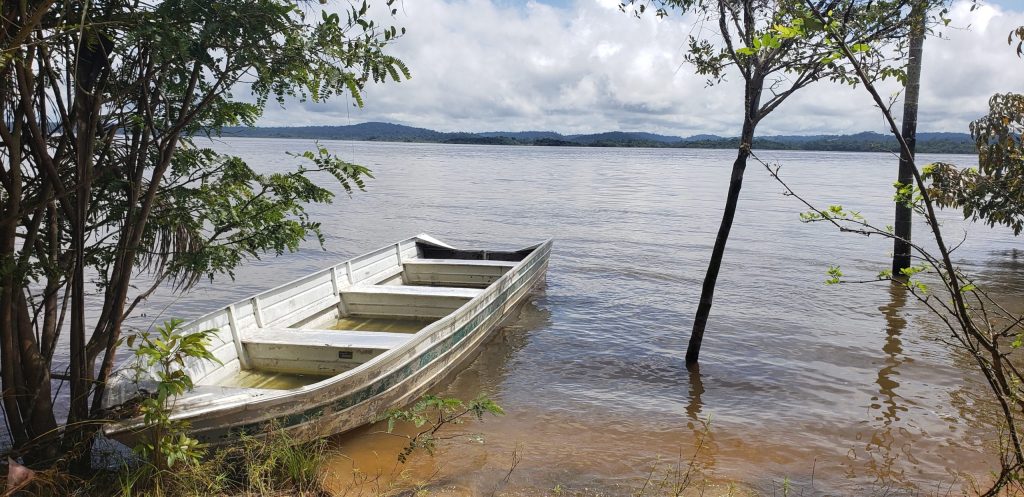


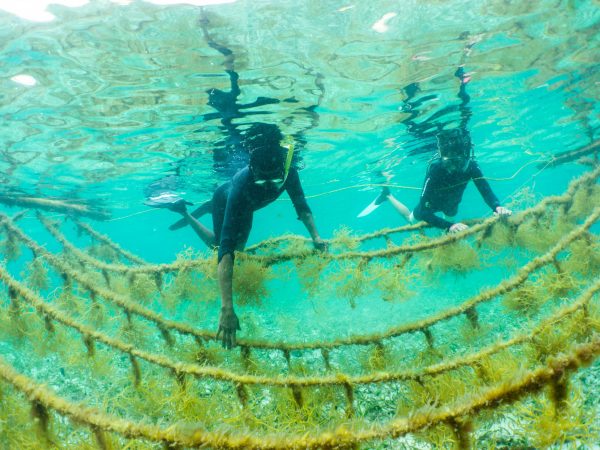
Join the Discussion